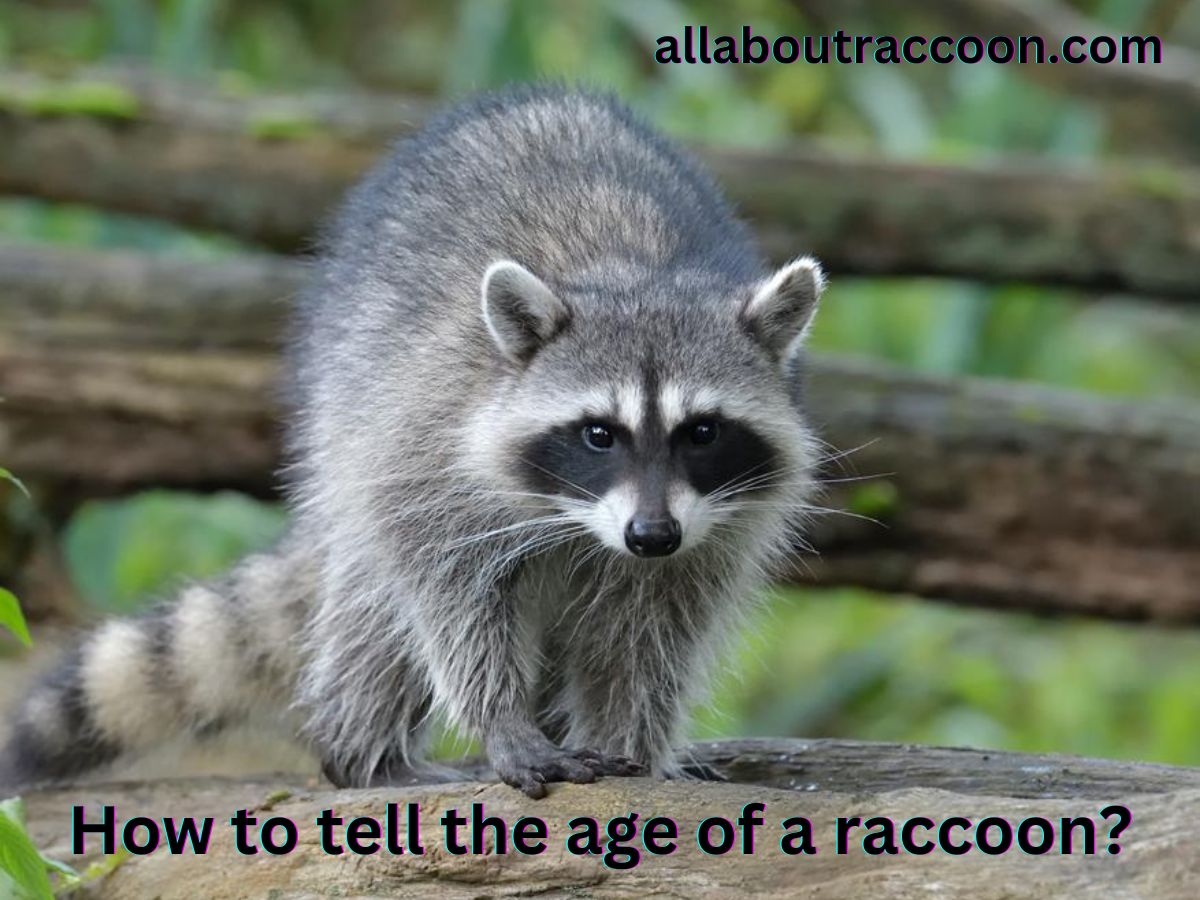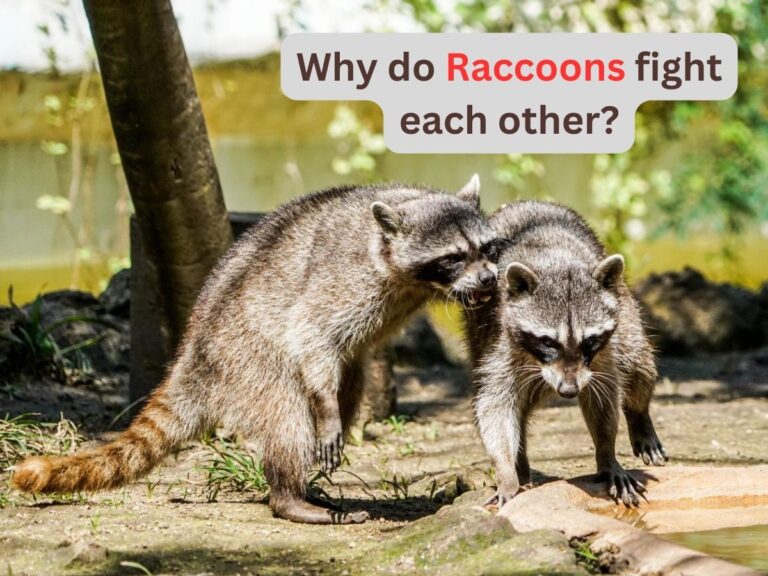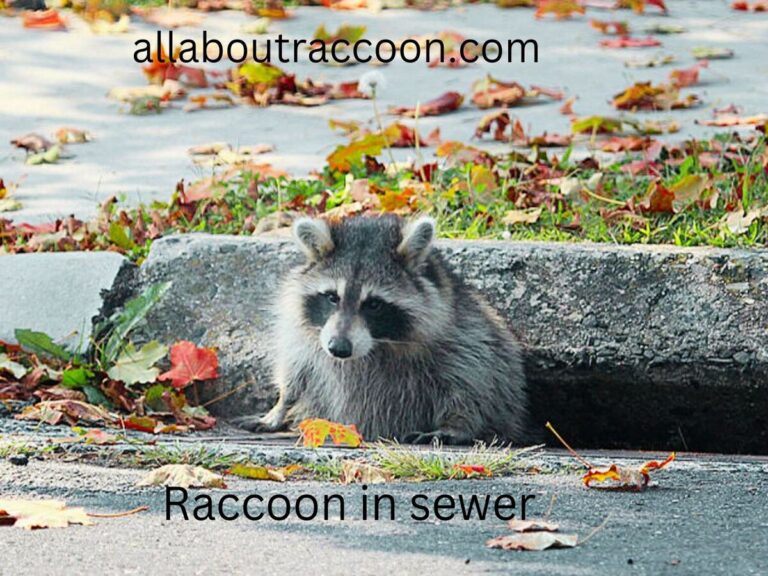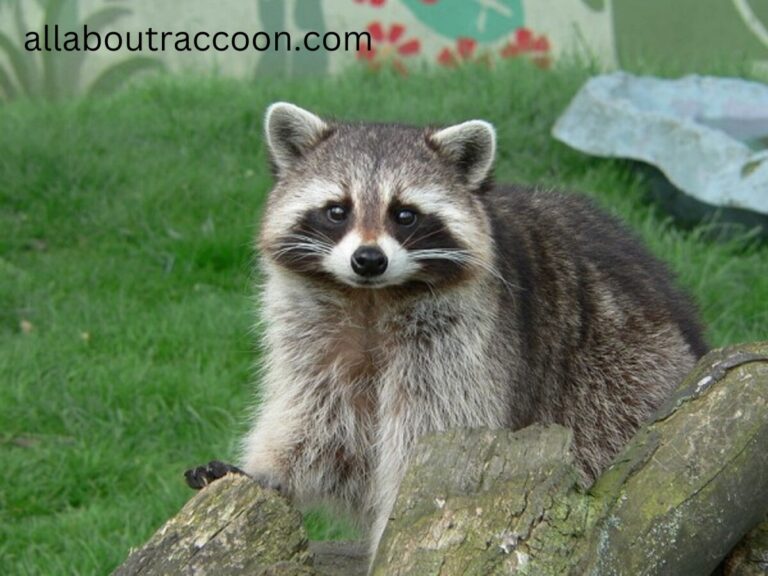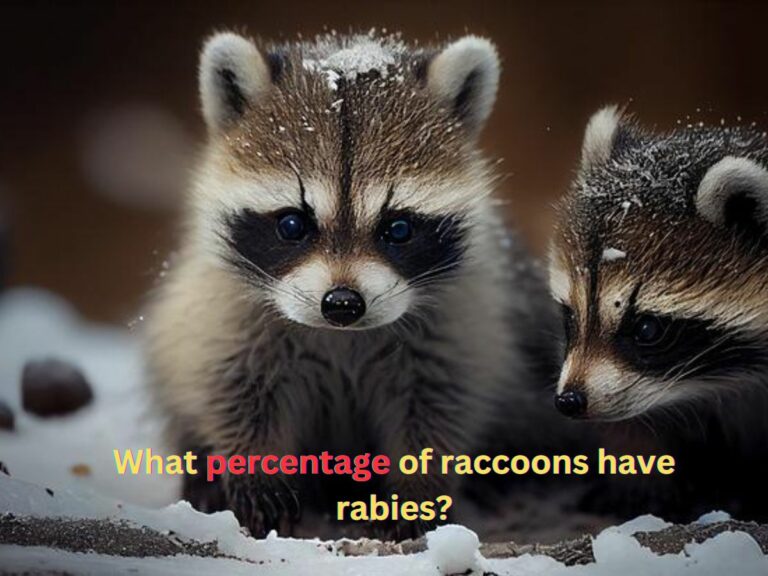How to Tell the Age of a Raccoon?
Raccoons are captivating creatures with their masked faces and nimble paws native to North America. They have a sweet look that fascinates human minds. Often they are seen while rummaging through our garbage cans or wandering through the night. one question that pops into our minds: How to tell the age of a raccoon?
Determining the age of a raccoon may seem like a perplexing task, but fear not! In this article, I will explore the mysteries of raccoon age estimation. Here you will find authentic and accurate information about raccoons life. So let’s come to read!
How to tell the age of a raccoon?
Raccoons are intelligent and adaptable animals that can be found in a variety of habitats, including forests, wetlands as well as urban and suburban areas. They are also long-lived animals, with an average lifespan of 2-3 years in the wild habitats. However, some pet raccoons can live for up to 10 years in captivity.
If you ever meet or encounter a raccoon, it is important to be able to estimate its age. This can help you decide if it is a young animal that needs your help or if it is an adult that may be a nuisance or a threat to you.
1. Age determination based on physical appearance:
Here are some key points to indicate the age of a raccoon based on their physical appearance.
Size, Growth, and Weight:
Raccoons pass through different growth stages during their life. So you easily get rings on their tail. Simply, they have rougher, grey-brown, and more worn fur due to exposure and activity.
- Older raccoons have thinner, less fluffy fur that can look faded. Their fur color may change from black to gray or white, especially on their face and tail. They can also have more wrinkles around their eyes and mouth.
Eyes and Ears:
- Baby raccoons have bright blue eyes that eventually change color as they get older. As they grow, their eyes will turn brown. Ears also become less rounded and more pointed as they mature.
- juvenile raccoons’ eye color begins to change from blue to brown, usually completed by 8-10 weeks.
- Adult raccoons have brown eyes.
Dental Development:
The difference in dental development of raccoons tells us about a rough estimate of a raccoon’s age.
- Baby Raccoons (Kits) are born with tiny, sharp milk teeth. They don’t have any permanent teeth when they’re born.
- Juvenile Raccoons have permanent teeth that start growing when they’re about 3-4 months old. You might see a mix of milk and permanent teeth during this time.
- Adult Raccoons have around 9-12 months, they have a full set of permanent teeth. These teeth can get worn down from eating different foods.
2. Age determination based on behavioral attributes:
You can estimate the age of baby, juvenile, and adult raccoons based on their behavioral attributes. Here’s how to do it:
- Newborn raccoons, or kits, are entirely dependent on their mother. They can’t survive on their own and rely on her for care, including feeding and protection.
- Juvenile raccoons, usually between 2 to 4 weeks old, start to open their eyes and become more curious. They begin exploring their surroundings cautiously, often staying close to the den. While they start venturing out, they still rely heavily on their mother for guidance, protection, and nourishment.
- Adult raccoons are independent and self-sufficient. They do not rely on their mother for care and can fend for themselves. They display typical raccoon behaviors, such as foraging for food, climbing trees, scavenging in urban areas, and being active at night.
- As raccoons get older, they might slow down and be more careful than when they were young.
3. Age determination based on auditory clues:
Raccoons make different sounds that can tell you about their age and what they’re up to:
- Baby raccoons usually have soft mewing and whistling sounds, especially when they’re hungry or cold. If you hear these high-pitched cries near your place, there might be a baby raccoon.
- Juvenile raccoon sounds change to more pronounced chitters, growls, and hisses. Usually, they make these sounds when they play or have small disagreements over food.
- Adult raccoons or grown-up raccoons have a wide range of sounds. They can purr when they’re happy, growl when they feel threatened, and even scream during mating season.
How to tell the age of a baby raccoon?
Raccoon babies, often known as kits, go through several distinct stages of development in their early weeks of life. Here’s a simplified breakdown of how to estimate the age of these adorable creatures:
Newborn Kits (0-7 Days Old):
- Fur: Very light covering with a faint mask.
- Eyes and Ears: Closed.
- Mobility: Can crawl spread-legged.
- Weight: Around 100 grams or less.
- Size: 4.5 to 6 inches from nose to tail.
One Week Old Kits (7-14 Days Old):
- Tail Rings: Pigmented rings on the tail begin to appear.
- Appearance: Their heads may seem disproportionately large compared to their bodies.
- Vocalization: When hungry, they make bird-like sounds (twitter, chatter, or whine).
- Mobility: Still unable to stand or walk.
Three to Four Weeks Old Kits (21-28 Days Old):
- Weight: Approximately 250 grams.
- Size: Around 8.5 to 10 inches long.
- Eyes and Ears: Eyes are open, and ears open shortly after.
- Vocalization: Extremely vocal, growling, hissing, and snorting when alarmed.
Five to Six Weeks Old Kits (35-42 Days Old):
- Weight: About 550 grams.
- Size: Between 12 and 14 inches long.
- Abilities: Can walk, climb, and run.
Nine to Twelve Weeks Old Kits (63-84 Days Old):
- Weaning: Kits are weaned and start eating solid foods.
- Independence: Become more active and independent of their mother.
- Weight: Around 950 grams or more.
- Gender Differences: Male kits tend to be larger.
- Behavior: Play-fighting and imitating adult defense postures become common.
By using these simple age indicators, you can better understand the developmental stage of a raccoon kit you may encounter. Interesting by following these tips and tricks you can easily tell about the age of a raccoon. It helps you determine how to approach and care for these fascinating young creatures.
Conclusion:
Determining the exact age of raccoons can be challenging, but several indicators can help us make a rough estimation. These indicators include physical characteristics such as size, growth, weight, and fur color, as well as behavioral traits and auditory cues. In this article, I have provided basic information on how to estimate the age of a raccoon, so you can more easily determine its age when you come across one.
FAQs:
Mother raccoons usually have 3 to 7 babies, called kits. These little ones are born with fur and can open their eyes at around 3 weeks old. When they’re 7 or 8 weeks old, they stop drinking their mother’s milk and weigh about 1.5 pounds.
Newborn raccoon kits are born with closed eyes and ears. They can only crawl with their legs apart. They’re super tiny, weighing 100 grams or less, and measuring about 4.5 to 6 inches from nose to tail. Around one week old, you might notice some colored rings on their tail, and their head might look big compared to their body.
Using cementum ring counts to estimate age is pretty good for animals up to four years old, but it often makes older animals seem younger than they really are.

